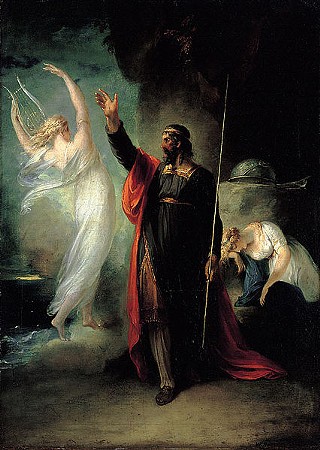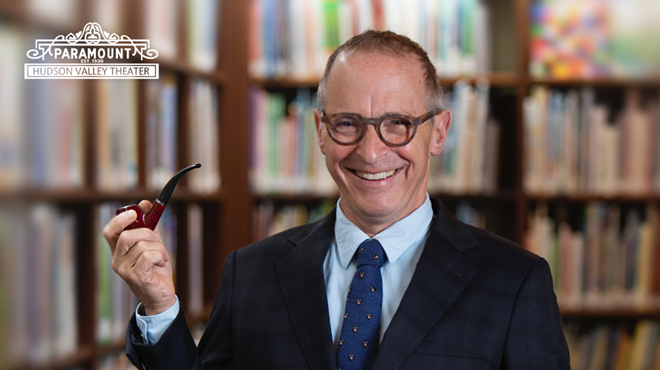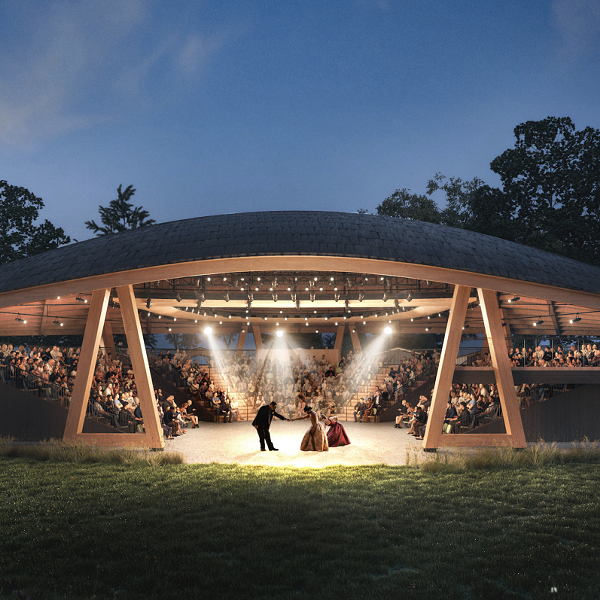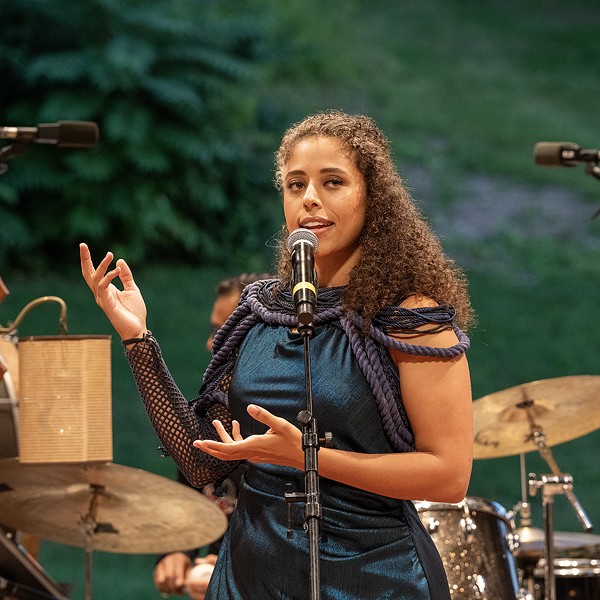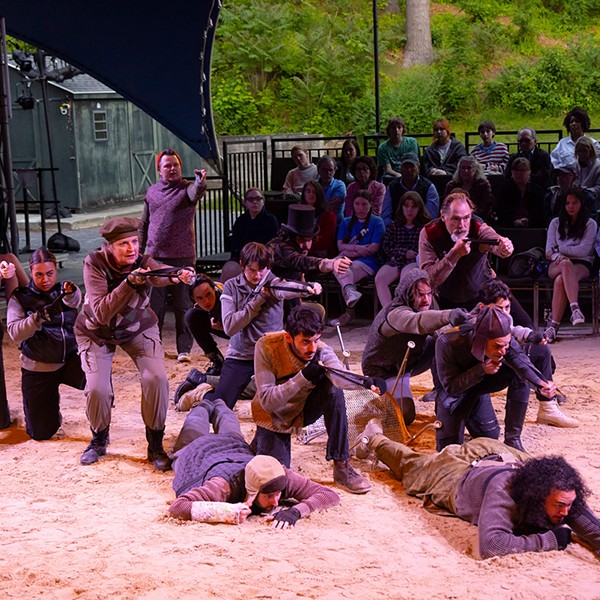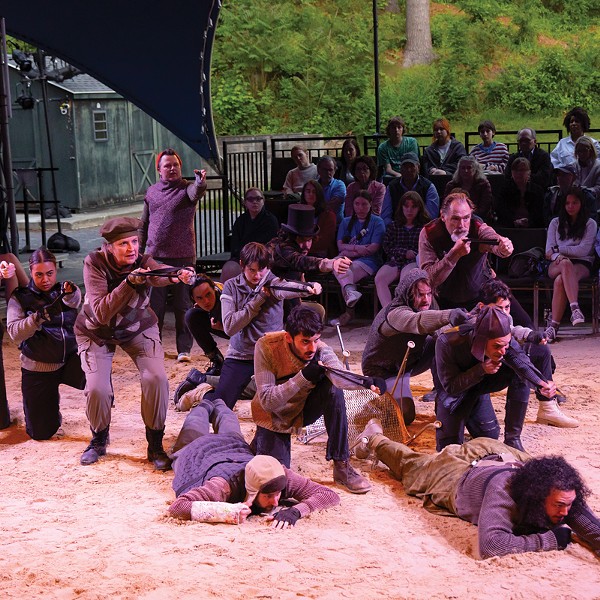Summer is upon us and there are real reasons for optimism. Although there will always be subset of folks who are irrationally exuberant—their toxic positivity causing a range of disasters from boom-and-bust cycles in the stock market to a belief that the Mets will ever win another National League title, let alone a World Series (don’t be fooled by a strong start!)—there is a case to be made for cautious optimism.
Not just because the groundhogs who live underneath the shed in my backyard have yet to eat my broccoli plants. (Clearly, those ingenious critters are biding their time until the florets start to form, prompting maximal hope but likely delivering nibbled-to-the-ground devastation. It makes one not want to want things. As Annie Lennox sang, in a different context: “Desire, despair, desire / so many monsters.”)
Well, for one thing: if you are reading this, you are alive.1 I won’t bore you with all the details of the spectacular miracle of your existence, but I’ll note this: the odds of you ever being born were one in 400 trillion. And you’ve made it thus far through a pandemic that’s killed 600,000 people in the US and four million worldwide and is not through with us yet, Delta variant and all. It’s still dire in some spots across the globe, but US fatalities peaked in mid-January at 3,300 a day. We’re down to 343 a day as of mid-June. Plus: Almost half the US population is fully vaccinated. (Some may decry that only half of our country’s somewhat-prone-to-knuckleheaded-ideas citizens are vaxxed, but I prefer to see the glass as half poked.)
Seventy percent of New Yorkers have received at least one dose of vaccine, and Governor Cuomo declared that “we can now return to life as we know it,”2 easing many of the remaining social distancing rules in place to protect us from the coronavirus/each other. Even Lissa Harris, my colleague who exhaustively covered COVID for The River Newsroom—and is reliably the skunk at any picnic when talk turns positive regarding the pandemic—told me “the worst of the pandemic is over in the US.”3 Just the fact that we’ve scaled back our COVID coverage and Lissa has taken on a new disaster beat, climate change in the Hudson Valley, shows how far we’ve come.
Those are some of the numbers—the stats—on how this is the beginning (middle?) of the end of the pandemic. The emotional texture of our lives is not in the numbers, however, but in our day-to-day experience. Here are some impressions from the past month as we reawaken from the long slumber of COVID.
Where Do the Children Play?
The back side of our office here in Kingston looks out on land owned by the YMCA. Long an urban wild space, the fields were underutilized as a community resource and overutilized by some who were a nuisance to the community until 2014, when some visionary folks—my wife Lee Anne among them—decided to put in a small farm and community garden known as the Kingston YMCA Farm Project.4 Soon afterward, some rudimentary metal children’s play equipment was installed next to the farm. At some point during COVID, the Y embarked on a playground upgrade, installing a series of interconnected wooden play environments connected by whimsical winding paths. And then supply chains shut down, lumber was unavailable, and work on the playground stalled just short of completion. All through the fall and winter of COVID, I watched the rain and snow fall on a half-built playground. Is there anything sadder than cold rain on an abandoned jungle gym?5
And then a few weeks ago, I looked out the window to see children cavorting—climbing up the rope tower, balancing on the stacks of long logs, tearing ass around, and shrieking in the upper registers of playground delight. It’s a sound that parents stop hearing at a certain point but it can be dental-drill-unsettling to the childless. Except this time. I listened to the high-pitched squeals as if I, too, were ready to join in the game I dubbed Run Shriek Tag Shriek Climb Shriek. Rules to follow, once I can get close enough to the kids to ask without losing my hearing.
People on the Streets
I traveled to Hudson for the city’s inaugural 2econd Saturday Gallery Crawl in June. It also happened to be Flag Day, and Warren Street was chock full of folks headed to the carnival rides and fireworks at one end of town and the galleries mostly clustered at the other end. There was music on the sidewalks and people filling cafes that spilled into the street. It all felt so very, well, normal—like old normal, like hug-an-acquaintance normal. And it’s the same all over the region, as David McIntyre’s photographic portrait of Warwick will attest.
To-Do List
And the press releases keep pouring in. There are more and more events to cover, from must-see concerts (Neko Case at Levon Helm Studios on August 18) to unclassifiable performance (Joseph Keckler at Ancram Opera House on July 24; read Peter Aaron’s interview with the earnestly odd Keckler) to the standard embarrassment of riches that is the summer arts calendar here in the Hudson Valley. To make sense of it all, we’ve revived our long-dormant cultural crib sheet, the Short List. My pick this month is “Mystery in the Mine,” a whodunit staged in Rosendale’s Widow Jane Mine by local theater troupe Murder Cafe. Set inside a cave, it’ll be cool, no matter what.
The other show I won’t miss this summer is “The Tempest” at Hudson Valley Shakespeare Festival. It’s HVSF’s last year at Boscobel before they move into their permanent home just down the road, and I want to take in that sui generis setting one more time before it goes disappearo. If you don’t know: HVSF’s performances take place in a large tent high on a bluff on the Hudson River in Garrison. The opening of the tent faces west, toward the river, and it’s a tradition at the festival for plays to begin with a procession up and over the hill and across the lawn while the sun is gently dipping down behind the Catskills across the river. There’s real magic in it.
And how fitting that HVSF should stage “The Tempest” as its Boscobel swan song. One of the last plays Shakespeare wrote, and his final masterwork, the drama climaxes [spoiler alert] with a poignant leave-taking of a spell weaver. The conclusion also brings freedom to the sprite Ariel, who caused the titular storm that is the show’s inciting incident. In revisiting the text, I was struck by how much Ariel’s monologue after being released by Prospero resonates with this delicious post-COVID feeling—a summer of freedom, or something close to it.
Where the bee sucks, there suck I:
In a cowslip’s bell I lie:
There I couch when owls do cry.
On the bat’s back I do fly
After summer merrily.
Merrily, merrily, shall I live now
Under the blossom that hangs on the bough.
1. Apologies to any Chronogram fans on the other side of this mortal coil. As an atheist, I don’t believe you’re out there, but in this media landscape of infinitely splintered attention, I’ll take any readers I can get, corporeal or not.
2. Life as we know it will not be possible for the over 13,000 nursing home residents in the state who died after the enactment of a controversial policy in late March of 2020 that sought to create more space in hospitals by releasing recovering COVID-19 patients into nursing homes. Watching the governor celebrate New York’s reopening, complete with fireworks—already a seasonal nuisance for dog owners and their shell-shocked companions—like a victorious general left a bit to be desired.
3. Lissa, never one to let good news go unspoiled, did note that cases are gently rising again in the US—though a lot less deadly because the vulnerable are mostly vaccinated. Further, she told me: “We are not going to eliminate this bad boy, and I think we might well get a smaller fall wave.”
4. Congrats to the Kingston YMCA Farm Project on their second-place Chronogrammies award in the Food Justice Organization category. A full list of winners begins on page 54.
5. Well of course there is. One day during the pandemic, I watched Parks and Rec workers remove the rims from the basketball court near my house, leaving nothing but bare backboard. A week or so later, in early April, a pudgy kid in a puffy coat was out on the court, just bouncing his ball against the backboard like he was intentionally stubbing his toe over and over. He could just barely heave the ball high enough to reach the backboard. I half expected some Parks and Rec employee to show up and take his ball away.







